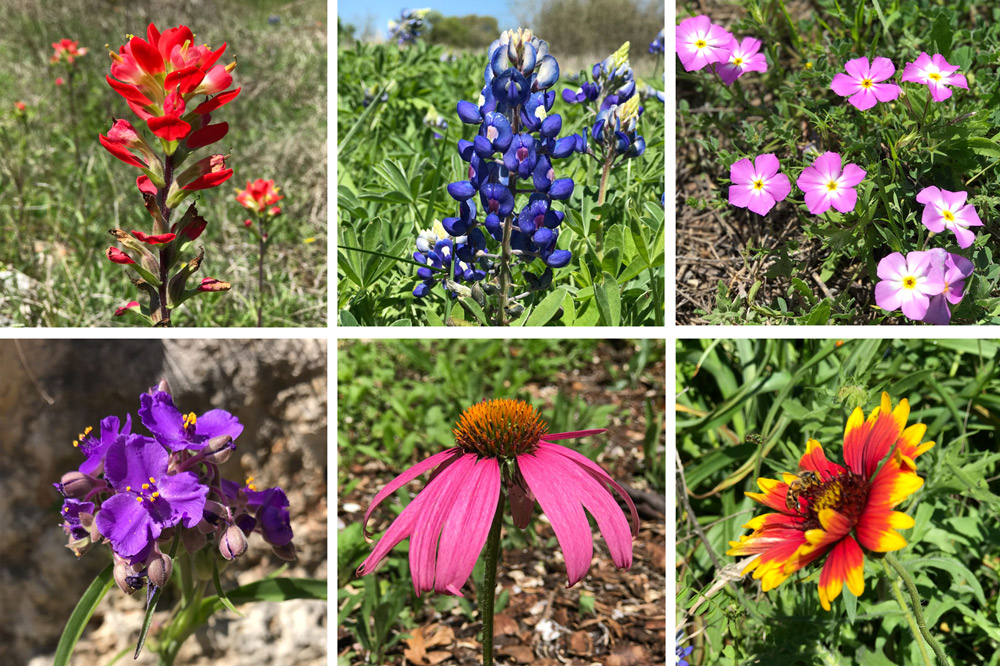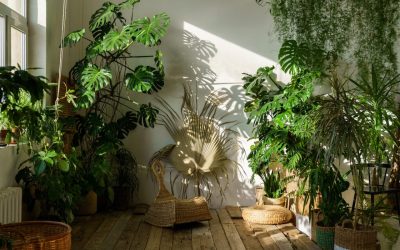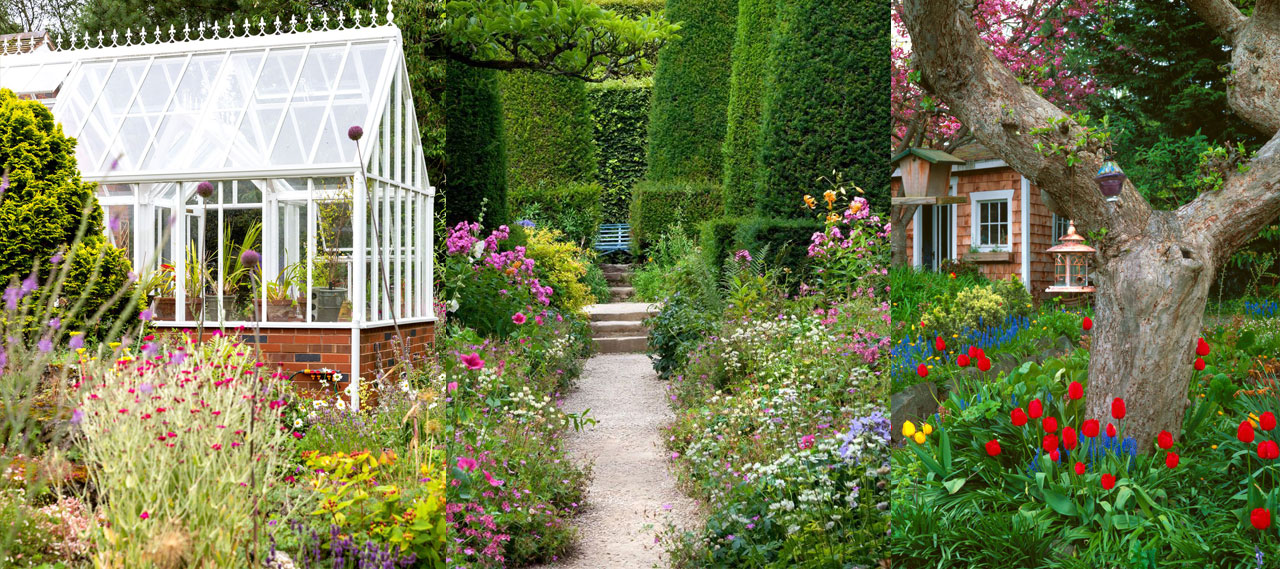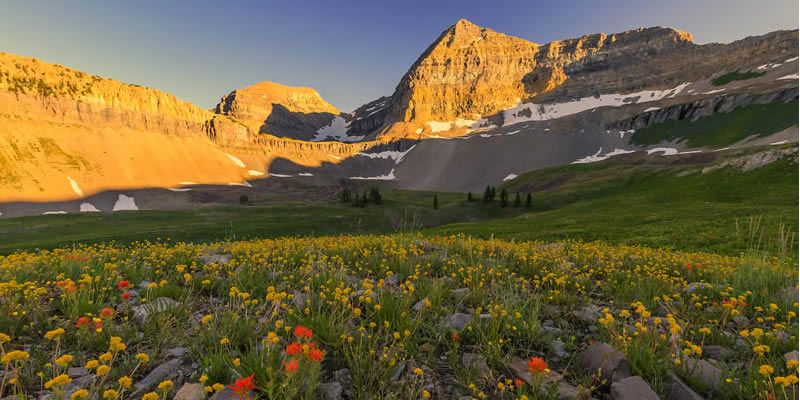The World of Wildflowers: A Guide to Plant Identification in the Wild

The world of wildflowers is a vibrant tapestry of colors and shapes, a testament to the beauty and resilience of nature. For those who love to explore the great outdoors, the ability to identify wildflowers adds a layer of enchantment to every hike, nature walk, or camping trip. In this article, we will embark on a journey into the world of wildflowers, providing you with a guide to plant identification in the wild.
- The Wonders of Wildflowers:Wildflowers are a testament to the adaptability and tenacity of nature. They can be found in a variety of environments, from meadows and forests to mountain slopes and coastal cliffs.
- The Power of Observation:To identify wildflowers, keen observation is key. Take note of the flower’s size, color, shape, and any unique markings or characteristics. Pay attention to the leaves, stem, and the habitat in which you find the plant.
- Leaf Identification:Leaves are a significant identifier of many wildflowers. Observe the shape, size, arrangement, and characteristics of the leaves, such as serration, color, or texture.
- Flower Characteristics:The flowers themselves are often the most distinctive feature. Take note of the number of petals, the arrangement of sepals, the color, and any patterns or markings on the petals.
- Photograph and Document:Carry a camera or smartphone to capture clear images of the wildflowers you encounter. These photographs will help with identification and serve as a valuable record of your outdoor adventures.
- Seasonal Variations:The appearance of wildflowers can change throughout the seasons. Some plants may only bloom for a short time, so be mindful of the timing of your observations.
- Local Field Guides:Regional field guides are invaluable resources for identifying wildflowers. These guides are specific to your area and often feature the common and rare species you’re likely to encounter.
- Online Databases and Apps:There are numerous online databases and apps designed for plant identification. Resources like iNaturalist and the Lady Bird Johnson Wildflower Center’s Plant Identification Database can help you confirm your findings.
- Botanical Communities:Join local botanical groups, nature clubs, or online communities dedicated to wildflower enthusiasts. These communities provide a platform for sharing knowledge and collaborating with experienced botanists.
- Responsible Foraging:If you’re interested in wild edibles, ensure responsible foraging practices. Be certain of your plant identification before harvesting any wildflowers for consumption.
- Conservation and Preservation:By identifying wildflowers, you can contribute to the conservation and preservation of natural habitats. Understanding the unique flora of a region helps protect it from harm.
- Educational Opportunities:Learning to identify wildflowers can be a fun and educational experience for individuals and families. It encourages a deeper connection to the environment and sparks a sense of wonder.
Conclusion:
The world of wildflowers is an endless source of wonder and discovery. Identifying wildflowers enriches the experience of exploring the great outdoors, providing insights into the intricate beauty of our natural surroundings. With keen observation, the use of resources such as field guides and plant identification apps, and the support of botanical communities, you can embark on a journey to uncover the secrets of the wildflower world. Whether you’re a seasoned botanist or a beginner, the enchanting world of wildflowers offers an opportunity for exploration, appreciation, and conservation, bringing the magic of nature to life with each bloom.




